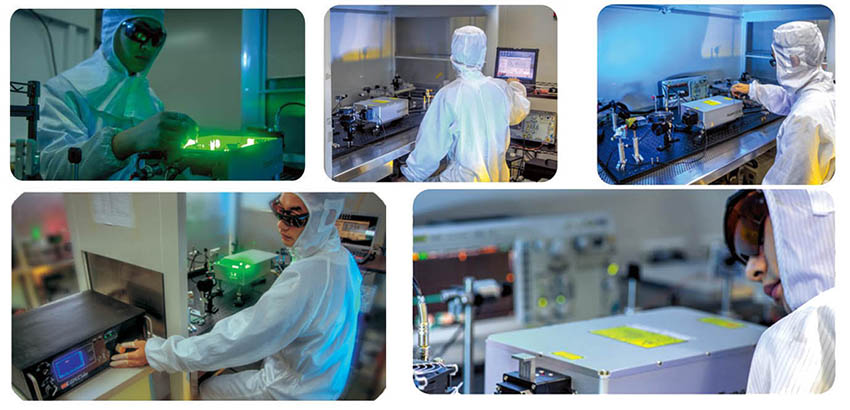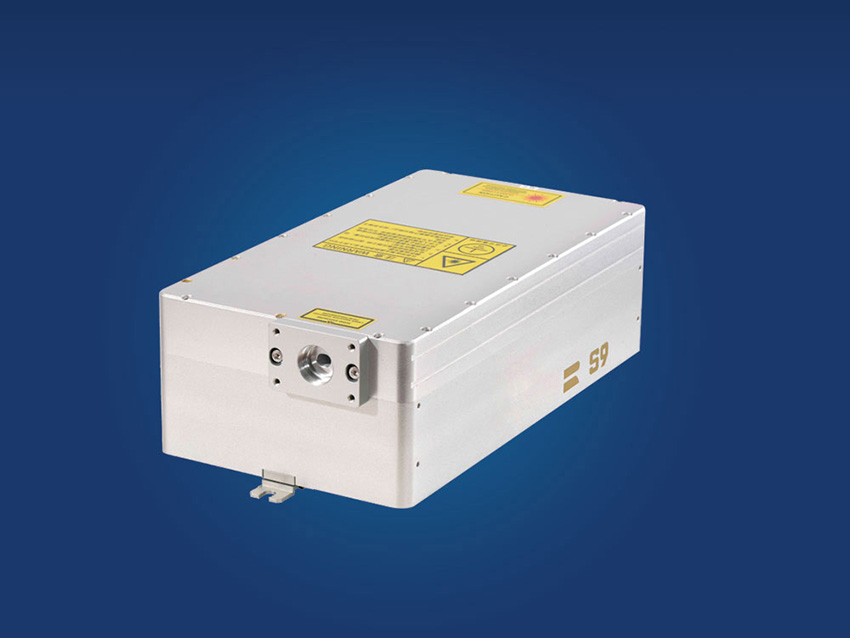Latest Blog
355nm Ultraviolet Nanosecond Laser in Micromachining of Internal Surface of Internal Combustion Engine
Aug 03 , 2022Application of 355nm Ultraviolet Nanosecond Laser in Micromachining of Internal Surface of Internal Combustion Engine
Internal combustion engine is the current mainstream power output device, which is commonly used in defense, automobile, shipping, agriculture and other fields. In recent years, driven by the "dual carbon" strategy of carbon peaking and carbon neutrality, and under the pressure of exhaust emission regulations, energy conservation and emission reduction have become the main development path for the sustainable development of internal combustion engines. The study found that reducing the mechanical friction of the cylinder wall and the piston (ring) during the reciprocating motion of the internal combustion engine can improve the power performance of the internal combustion engine to a certain extent, reduce the exhaust emission, and then increase the service life, and the overall economic benefits are obvious.

The research results show that optimizing the microstructure and morphology of the surface of the cylinder wall enables the cylinder wall to obtain a certain function of storing and transporting lubricating oil, avoiding the solid phase contact between the cylinder wall and the piston ring, thereby improving the relationship between the two. Lubricating properties, which can effectively reduce friction, and this is the derivation of laser surface texture application technology.
The application technology of laser surface texture is to use a high-energy density laser beam to act on the surface of the workpiece to process a specific geometry and a texture with a certain density, width, depth, angle and distribution law, forming storage and transportation of lubricating oil. oil passages and cavities, and ultimately achieve the goal of optimizing the lubricating performance of the components.

The cold working effect of 355nm ultraviolet nanosecond laser can be used to texture the surface of the cylinder wall of the internal combustion engine. Its main advantages are that the wavelength of 355nm is short, the single photon energy is high, the cast iron material of the cylinder wall has a high absorption rate of ultraviolet light, and the heat affected zone during processing is processed. It is small, and the pulse width is narrow, only about 25ns. Such a short action time is not enough for the laser energy to gather on the surface of the cylinder wall, and the thermal effect is low, so as to minimize the influence of the laser energy on the nature of the material.
In addition, laser processing has the characteristics of mature technology, high efficiency and energy saving, and easy control. It is especially suitable for mass production line production. It has significant positive significance for internal combustion engine manufacturers to improve quality and efficiency.